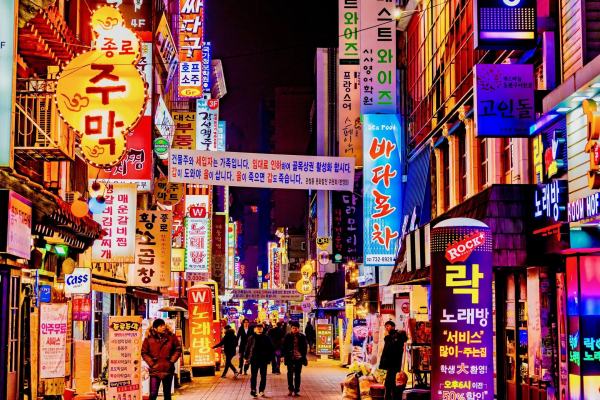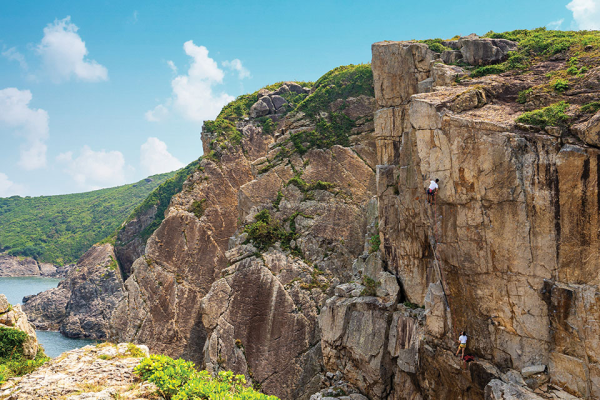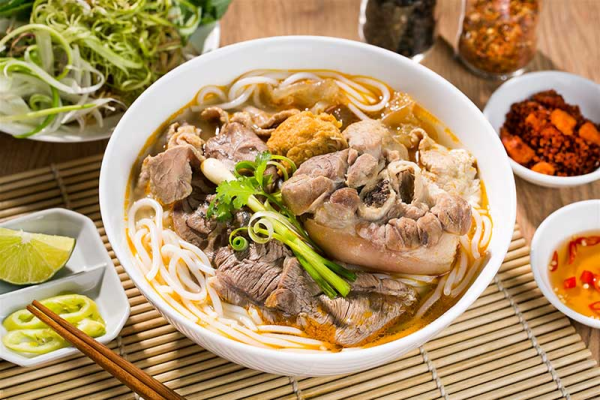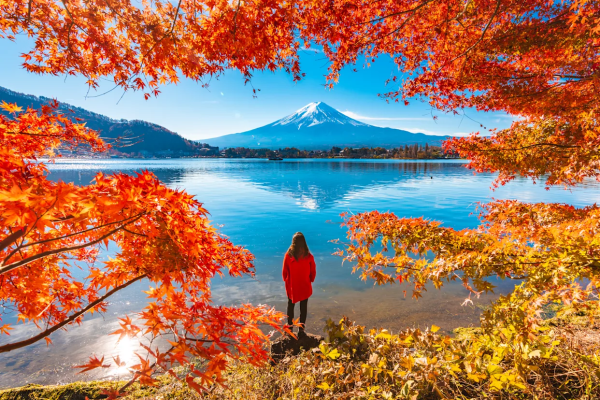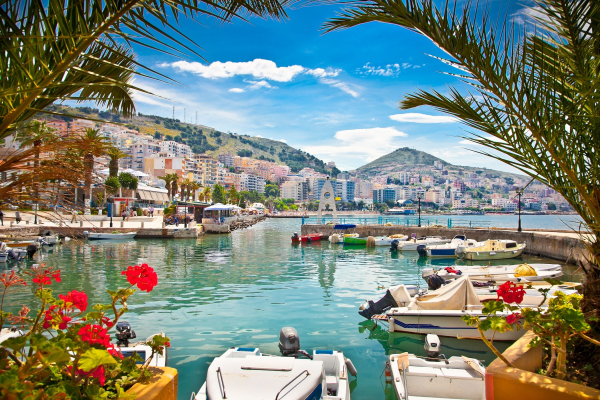
Hidden Travel Gem, Why Albania Is Europe’s Best-Kept Budget Destination
For budget travelers seeking value, culture and adventure, Albania is emerging as a top choice—and not just because it’s affordable. Flight searches have flagged Tirana and coastal Fieri as increasingly popular on low-cost carriers, meaning even airfare savings are within reach. Travel experts highlight that by travelling during the shoulder season (late spring or early…


